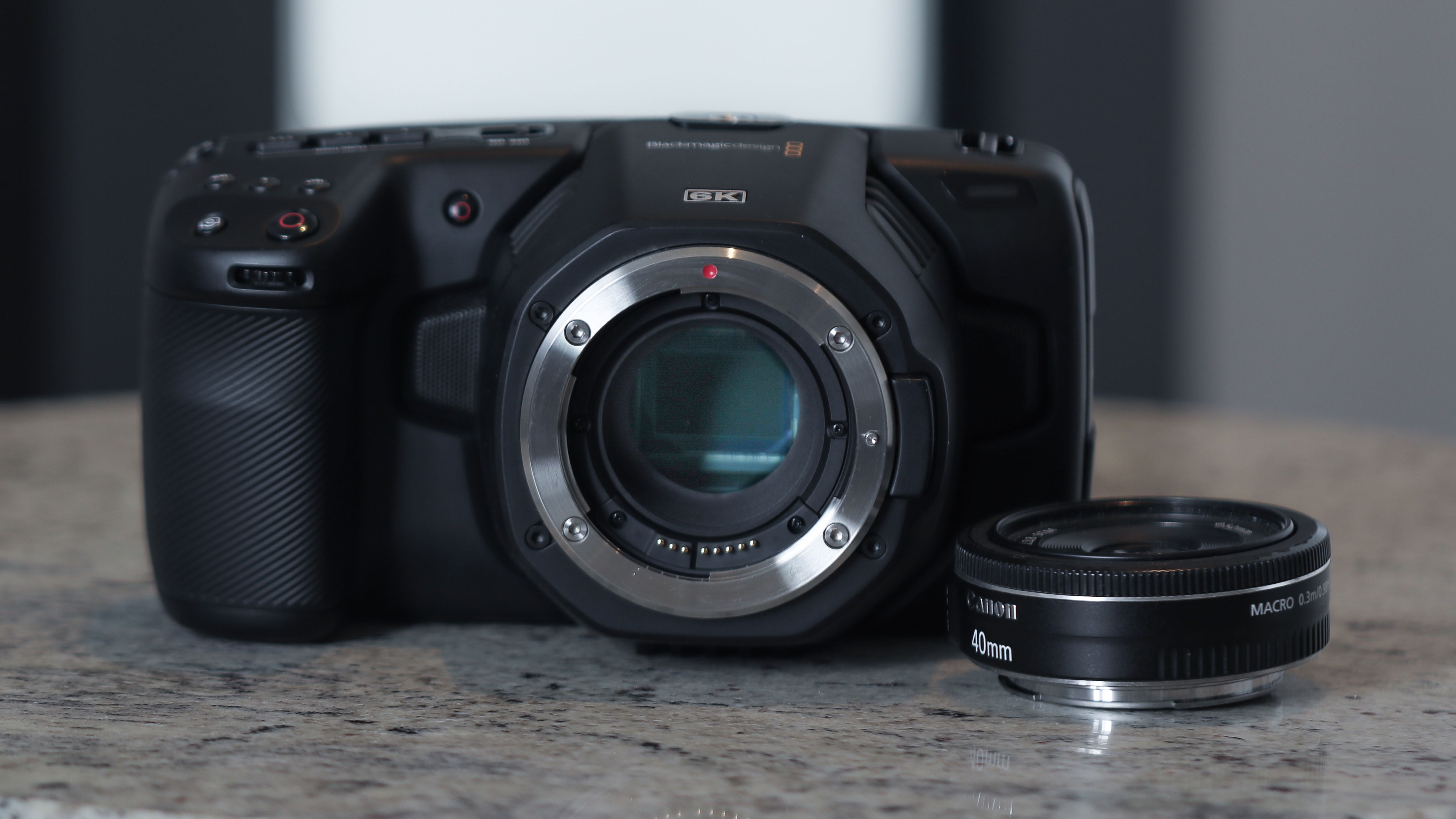Semiconductor tariffs would still hit American-made cameras, company says, putting plans for a US factory on hold
Blackmagic Design indicated that semiconductor tariffs could negate the cost savings of building a factory located in the US

After raising prices in the US, Blackmagic Design has put plans for a factory in Texas on hold because proposed semiconductor tariffs could negate the cost savings of opening an American factory.
As companies scramble with on-again, off-again tariff changes, the Trump administration is now investigating a potential tariff on devices with semiconductors, which could cover a wide range of tech products – including cameras.
In an interview with The Verge, Patrick Hussey, a Blackmagic Design spokesperson, told the publication that the company had plans to build a factory in Dallas, Texas – a move that would enable them to work directly with semiconductor companies based in the US.
However, Hussey says that those plans are now complicated by potential semiconductor tariffs.
Why would semiconductors from US companies still incur fees? According to the interview, many of the sensors used in Blackmagic cameras, which are from an American-based company, still come from outside the US. Hussey indicated that tariffs on parts and components alone would negate the savings of moving a factory to the US.
The Trump administration is currently investigating a potential tariff on semiconductors and devices with semiconductors inside. Camera sensors are one form of a semiconductor, along with memory chips, processors, and circuits, among other types of semiconductor components.
According to the White House, the goal of the tariffs is to revive American manufacturing jobs to "make America's economy great again." However, as the interview with Blackmagic Design indicates, the impact of the tariffs may not be so simple.
The best camera deals, reviews, product advice, and unmissable photography news, direct to your inbox!
Some critics worry that the manufacturing jobs that the tariffs could bring will be instead relegated to automation and AI rather than human assembly workers.
In a recent survey of businesses, 61% of respondents said moving to lower-tariff countries would be more cost-effective, while 81% said they would use more automation than human workers if factories did move to the US.
According to the Observatory for Economic Opportunity, the US imported $25.4 billion in semiconductors in 2023; $22 billion of that falls under the category for photosensitive, photovoltaic, and LED semiconductor devices.
This is the category that camera sensors would fall under, along with many other types of devices, from LED screens to solar panels.
Previously announced tariffs are on a 90-day pause, dropping the originally announced amounts for most countries to 10%, except for China, which is facing a 145% retaliatory tariff.
Blackmagic Design, which is headquartered in Australia, was one of the first companies to confirm a price increase in the US. Some small accessory brands and retailers have also now confirmed price increases, while many of the key camera brands have stayed quiet about the impact of tariffs on camera pricing in the US.
You may also like
Tariffs seem to be constantly changing – stay up-to-date with our live blog on the latest news concerning tariffs on the camera market.

With more than a decade of experience writing about cameras and technology, Hillary K. Grigonis leads the US coverage for Digital Camera World. Her work has appeared in Business Insider, Digital Trends, Pocket-lint, Rangefinder, The Phoblographer, and more. Her wedding and portrait photography favors a journalistic style. She’s a former Nikon shooter and a current Fujifilm user, but has tested a wide range of cameras and lenses across multiple brands. Hillary is also a licensed drone pilot.
You must confirm your public display name before commenting
Please logout and then login again, you will then be prompted to enter your display name.
